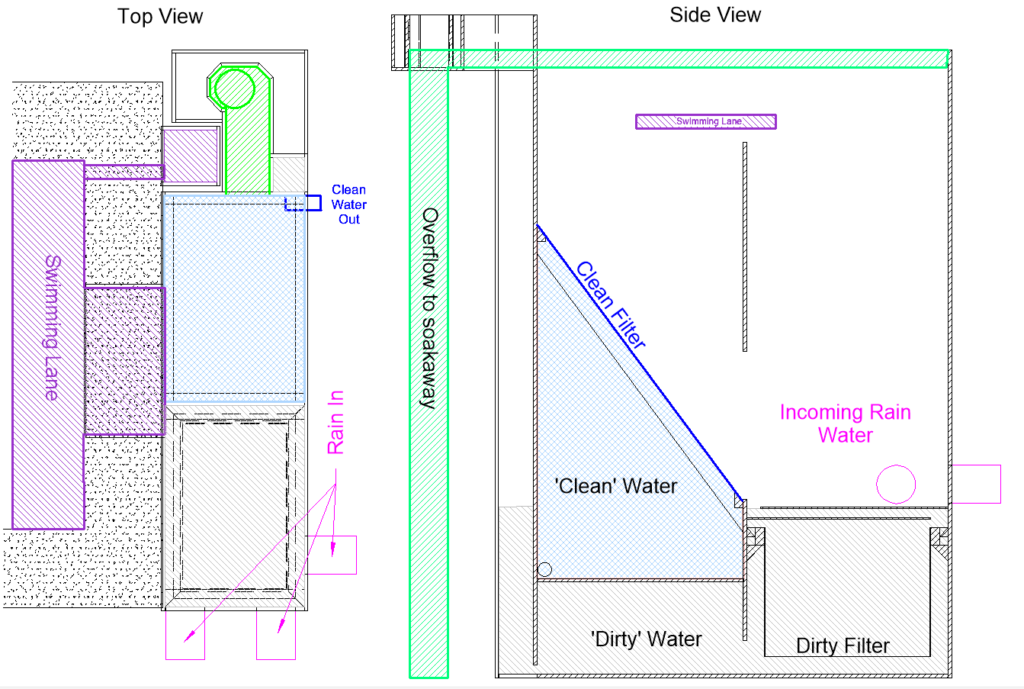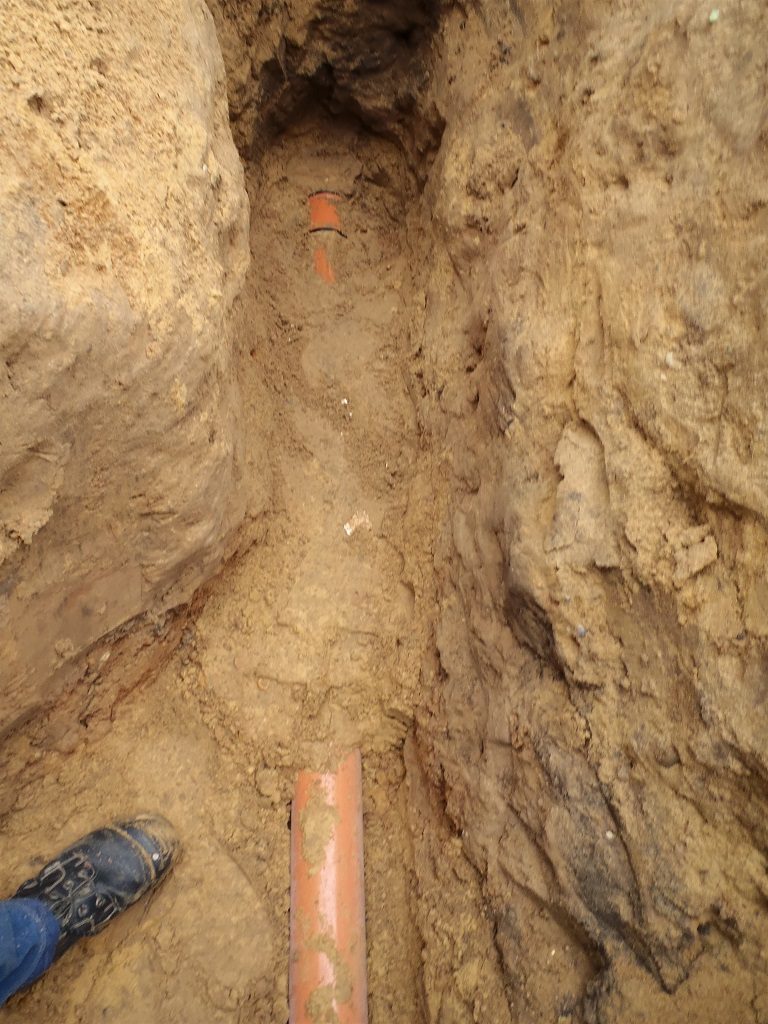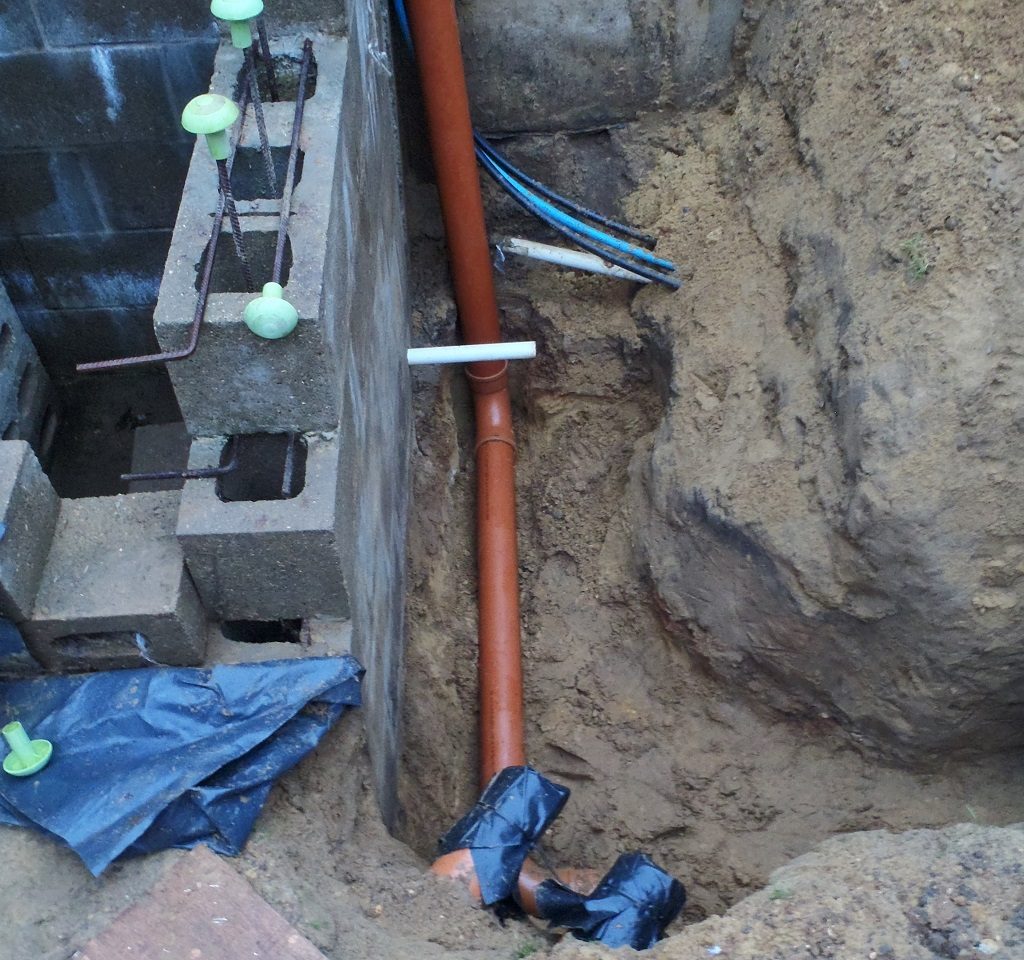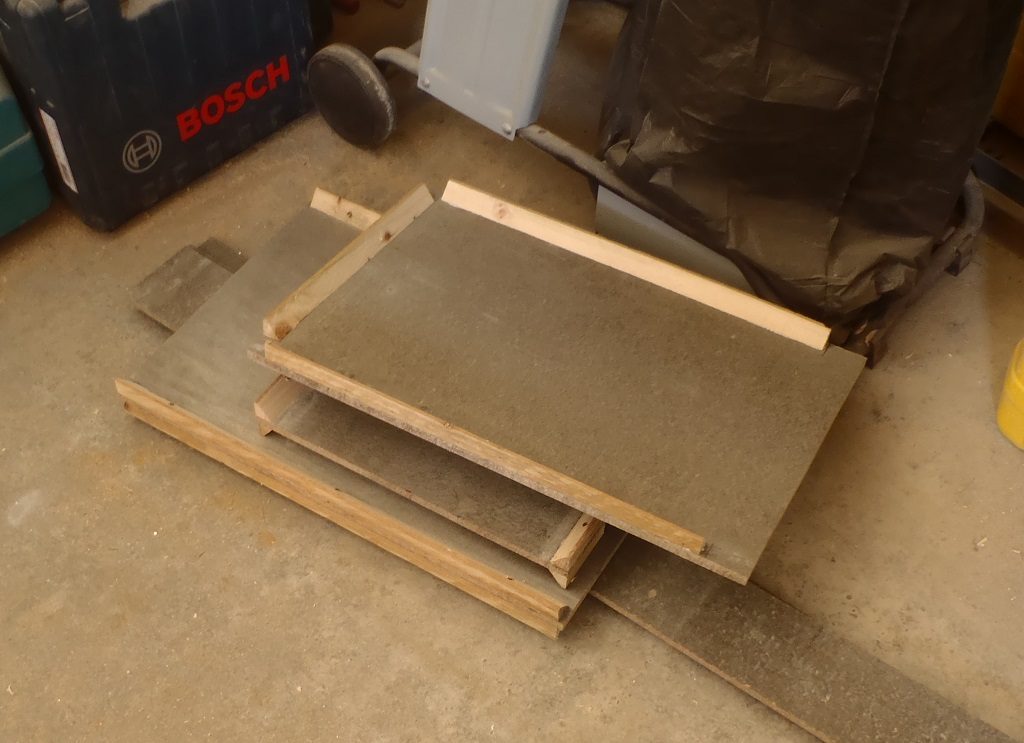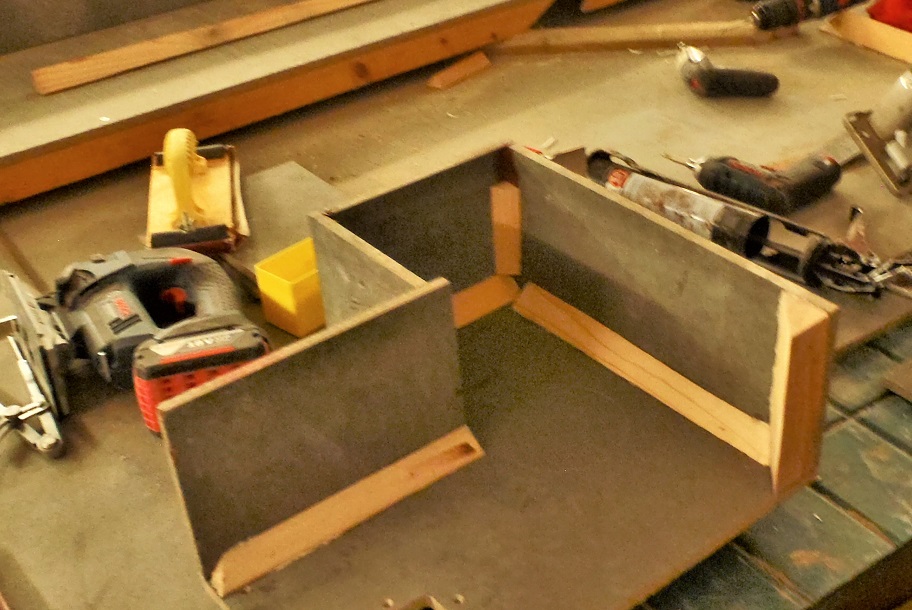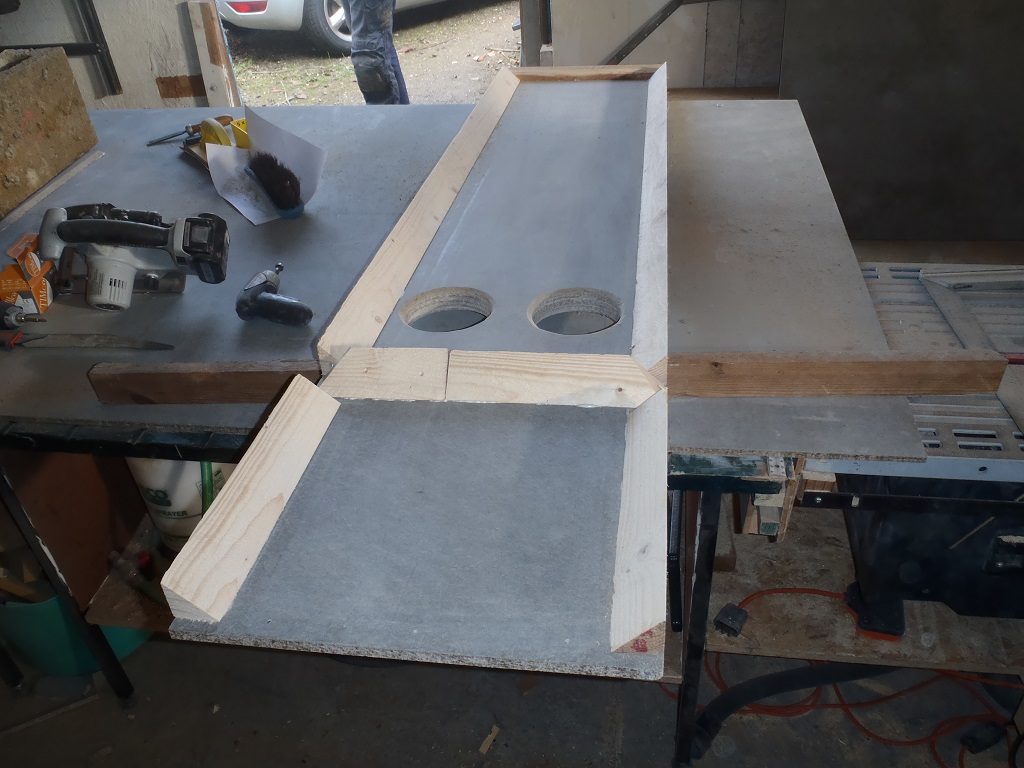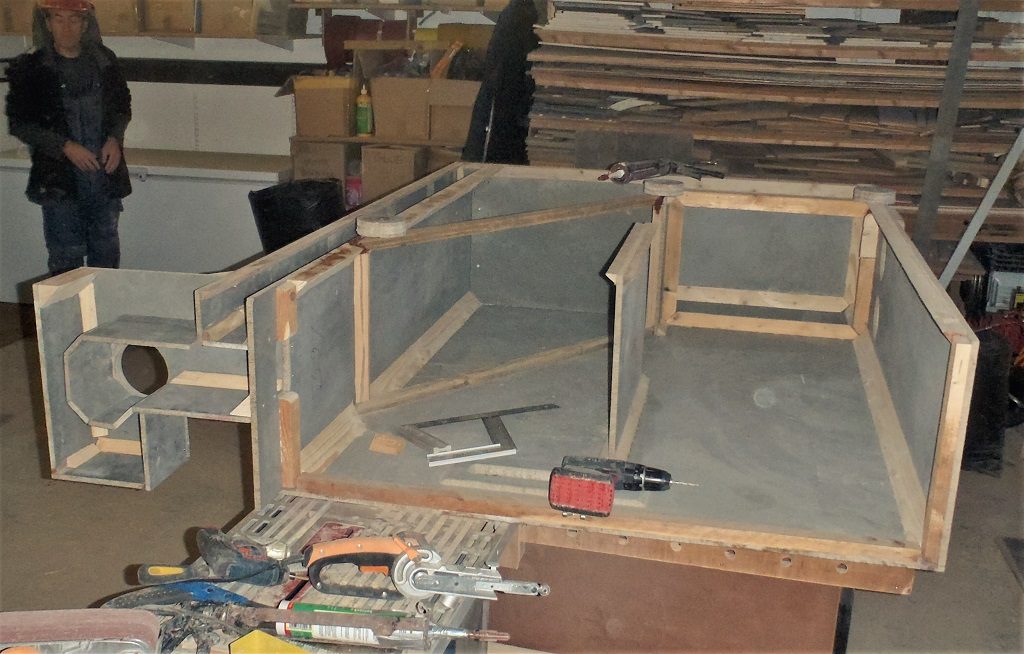This is a report to summarise the work we have been doing for the last twelve days, in creating a filtration system for all the rain water collected off the roof, including water falling into the swimming lane and the pond too. The total amount of rain water being processed by this half buried module is going to be in the excess of 500 litres for every millimetre of fallen rain.
This large box, measuring 1800mm (6feet) high, 1200mm (4feet) deep and 400mm (16inches) wide, with most of it buried (only 800mm (just over 2½ feet)) is above ground. It has three main pipelines (110mm diameter pipes) connected to the module, 2 running from the main house roof and 1 from the garage roof. There is also a fourth connection, directly to and from the swimming lane with the wide but narrow slot that is positioned 150mm below the top of the swimming lane. This slot acts as a overflow point for the swimming lane when it collects rain water and combines with the roof water and is filtered and stored away for later use, but also the swimming lane and pond can act as a buffer to store temporary surge water during freak thunderstorm weather conditions that would normally over whelm the underground soak-away module and give it time to handle that kind of volume of rain water.
We are making two modules, one is the main filter unit and other is a separate channel which is used to recirculate water in the swimming lane, drawing it from the bottom of the swimming lane and pumped up to the return channel which runs down the back of the swimming lane and empties into the pond at the other end of the plot.
The filtration module comes in three sections, the first being the ‘dirty’ water collection chamber, the second section is the filter to provide the ‘clean’ water and finally the third part is a set of external vertical channels to provide paths for processing different types of water.
One channel runs from the bottom to the top and is where the dirty water is extracted from the bottom of the filter module and pumped up to either the same return channel stream or distributed on the flower bed running along the fence behind the return channel, we haven’t decided which yet. The second channel of water, is the emergency ‘highest’ overflow point (sandwiched between the other two channels) for the whole system. This channel is connected to the main module by a slot positioned at 50mm from the top and all this water will flow down through more 110mm drain pipes, going into the soak-away module (buried under the driveway 10m away). We had to extend the existing underground pipeline to bring it into the correct position, when we install the whole module.
The filter is constructed from fibre-glass and resin coated on 10mm thick cement boards, with wooden battens cut at 45degrees angles to help reinforce the corners and various internal shelves and baffles.
We have so far created over a dozen pieces of various shapes, with the battens glued and screwed along various edges.
We have started assembling it all together, only stopping at the point of putting on the ‘lid’ which actually is a side wall of the cabinet. We need to have access to all the internal surfaces to paint on the layers of fibre-glass and polyester resin.
We had quite a few interruptions to our work plus being a complicated piece of work, has accumulated to the twelve days so far spent on this task, but we should see it finish by another week. We are still waiting for our slates to arrive so we are not losing time on that job, and had to have this filtration module built and installed, so we can connect each section of the roof guttering system to the downpipe channels and all rain water would be immediately handled and taken away.
